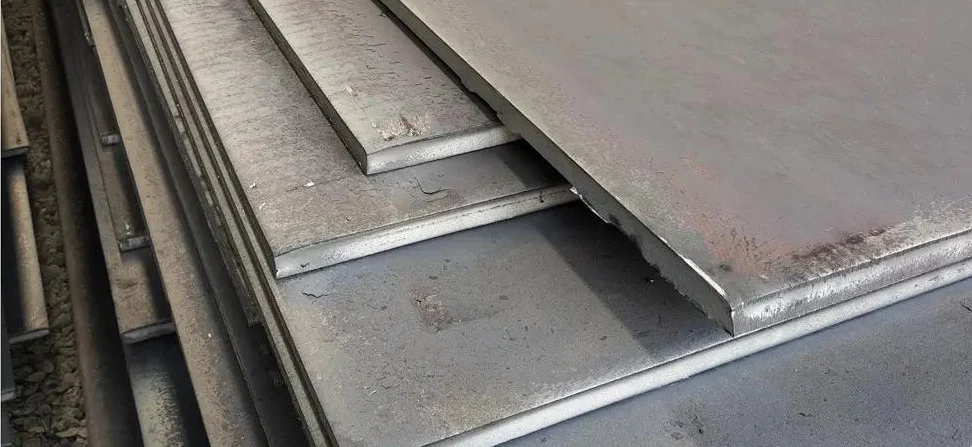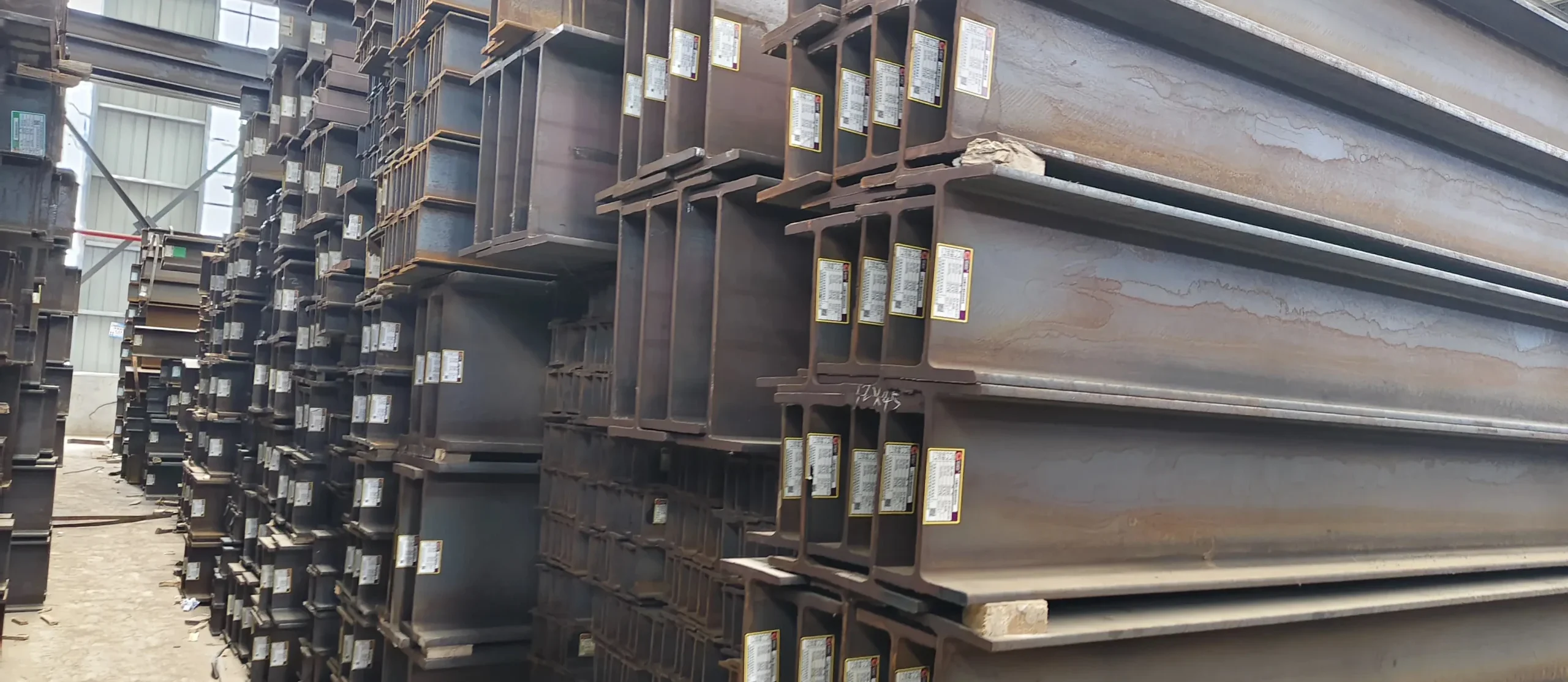Welding of Duplex Stainless Steel
Duplex stainless steel pipe and fittings has the advantages of both ferrite and austenite. And the family of duplex stainless steel all perform well in corrosion resistance, strength, and toughness. And all of them are easy to be welded. Welding with duplex stainless steel can improve strength and corrosion resistance.
The Core of Duplex Stainless Steel Welding
While welding, filter metal is required. And self-fusion welding is not recommended. For welding end, to obtain a suitable full penetration weld, wider weld clearance and larger end angle shall be adopted compared with normal stainless steel. At the root pass, it shall adopt the protective gas. Gas can be argon, mixture of argon and nitrogen, or nitrogen, which can improve root pass corrosion resistance. Effectively choosing the protective gas is very important for all stainless steels. Besides, rapid cooling should be avoided as it will destroy the structure of the material. Low heat input shall also be avoided, such as during repair welding. While welding tubes and tube sheets, it is better to using TIG, and take Ar+3%N2 as protective gas. For single-side welds, TlG welding is strongly recommended for root pass welds. In general, when duplex stainless steel is welded with other steels, it is recommended to use duplex welding consumables.

Welding Methods
TlG (GTAW/141) Tungsten Inert Gas welding
MMA (SMAW/111) Manual Electric Welding
MIG (GMAW/131,135)- Metal Inert Gas Welding
SAW (12) – Submerged Arc Welding
Standard welding methods are also suitable for duplex stainless steel.
Heat input should be selected according to the wall thickness and welding process of the material. When the temperature is very high, both the base steel and the weld metal are 100% ferrite. With the decrease of temperature, austenite gradually precipitates from ferrite, and finally forms the microstructure of duplex stainless steel. In heat affected zone in welding, the formation of austenite is very important. To obtain excellent weldability, rapid cooling should be avoided. Therefore, thick weld items require an upper arc energy limit and a lower heat input for thinner weld items. On the other hand, for high-alloy duplex steel, cooling at the critical temperature range going too slow will also be harmful. This is especially important for weld metals. Therefore, the interlayer temperature for 2507 should not exceed 150 Celsius Degree.
Attentions of Welding
In EN Standard, the maximum serving temperature for all duplex steels shall not exceed 250 °C. Copper should be avoided as a backplate for welding, where there is a risk of cooling too fast. And arc impact outside the weld should also be avoided since it will make cooling become faster. Besides, the steel brushes are not suggested to clean welds, or it will lead to the risks of microcracks.
Kaysuns provide duplex stainless steel welded pipe and fittings for offshore and seawater desalination, as well as other industries where need high strength material.



